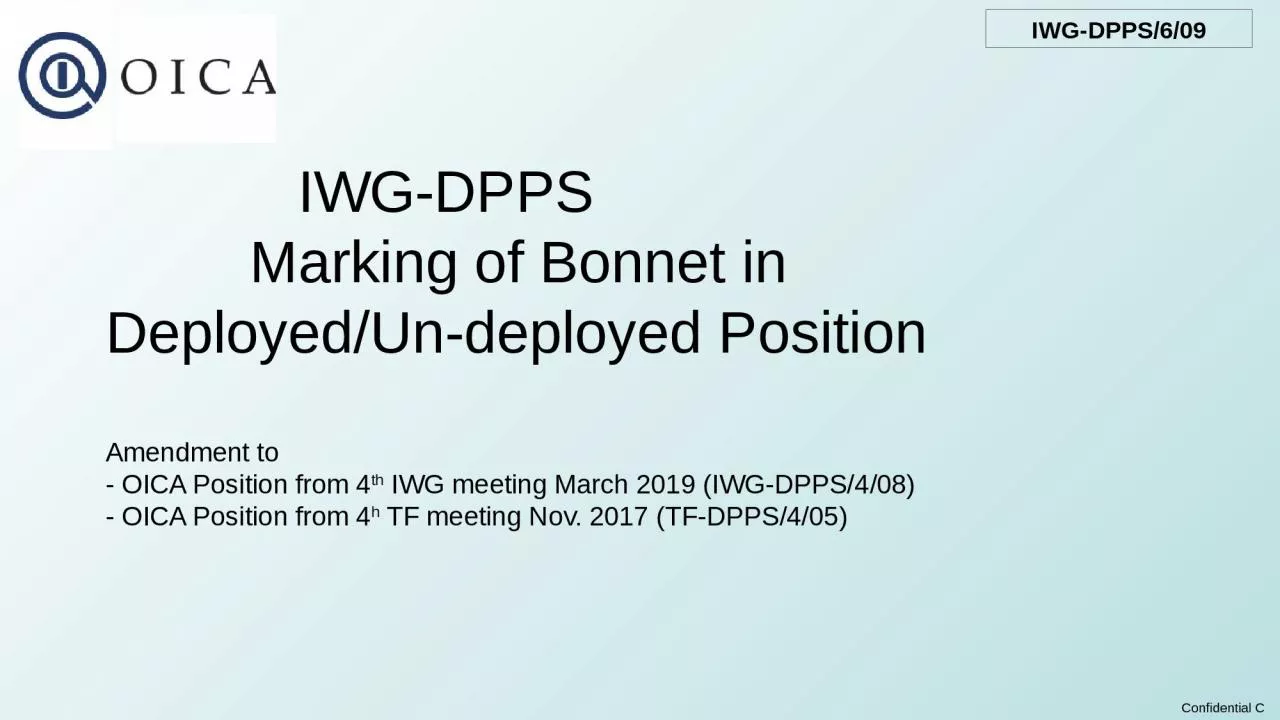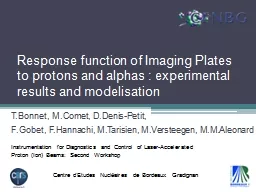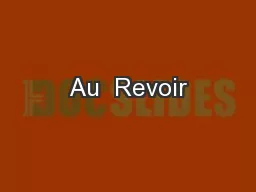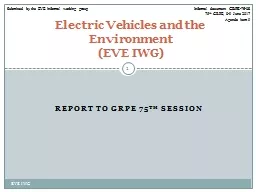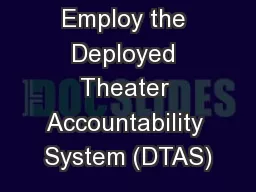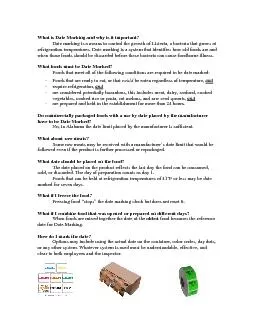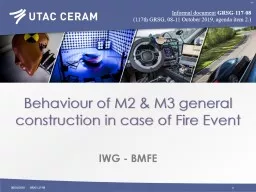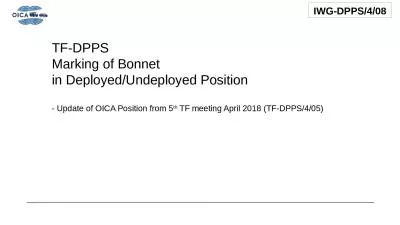PPT-IWG-DPPS Marking of Bonnet in Deployed/Un-deployed Position
Author : skylar | Published Date : 2023-09-21
Amendment to OICA Position from 4 th IWG meeting March 2019 IWGDPPS 408 OICA Position from 4 h TF meeting Nov 2017 TFDPPS 405 Marking of Bonnet in DeployedUndeployed
Presentation Embed Code
Download Presentation
Download Presentation The PPT/PDF document "IWG-DPPS Marking of Bonnet in D..." is the property of its rightful owner. Permission is granted to download and print the materials on this website for personal, non-commercial use only, and to display it on your personal computer provided you do not modify the materials and that you retain all copyright notices contained in the materials. By downloading content from our website, you accept the terms of this agreement.
IWG-DPPS Marking of Bonnet in Deployed/Un-deployed Position: Transcript
Download Rules Of Document
"IWG-DPPS Marking of Bonnet in Deployed/Un-deployed Position"The content belongs to its owner. You may download and print it for personal use, without modification, and keep all copyright notices. By downloading, you agree to these terms.
Related Documents

